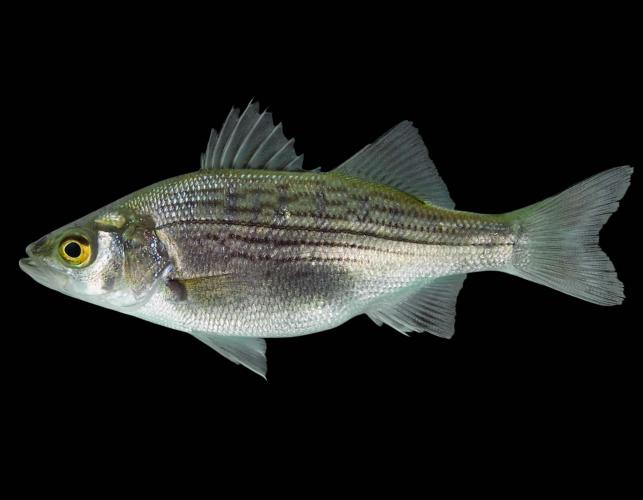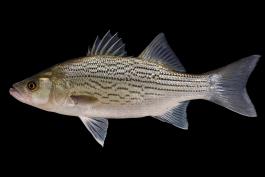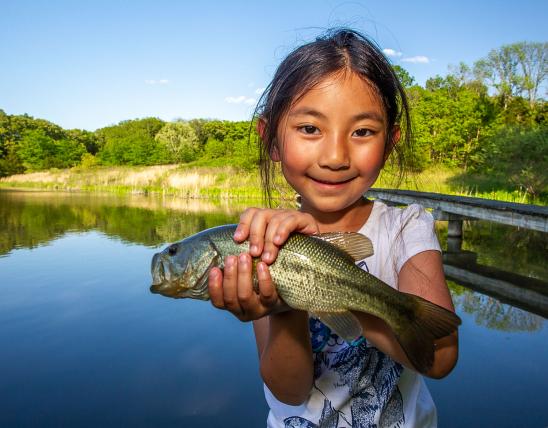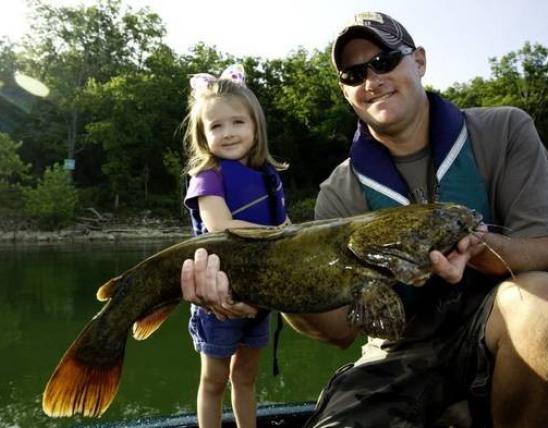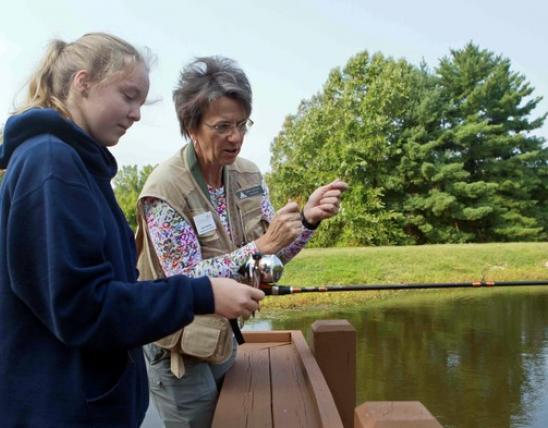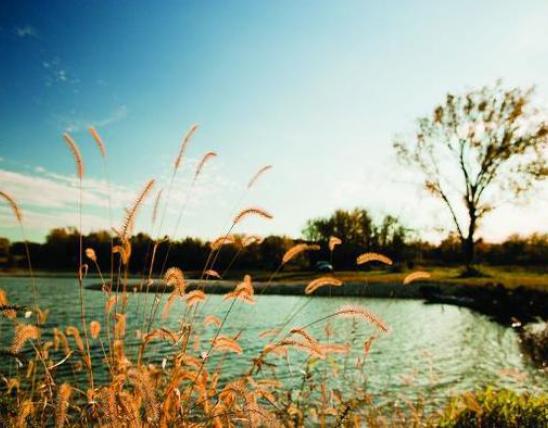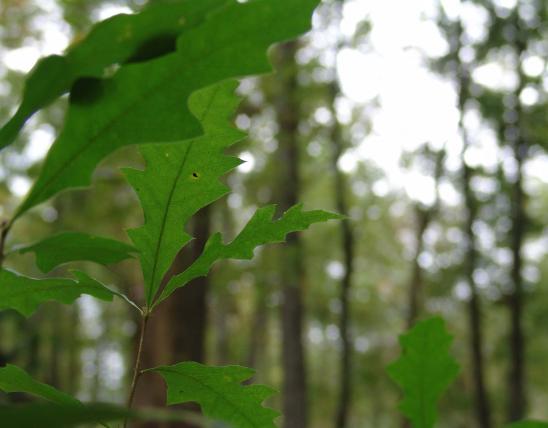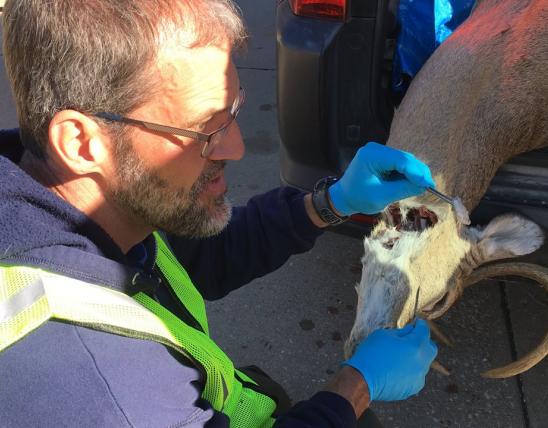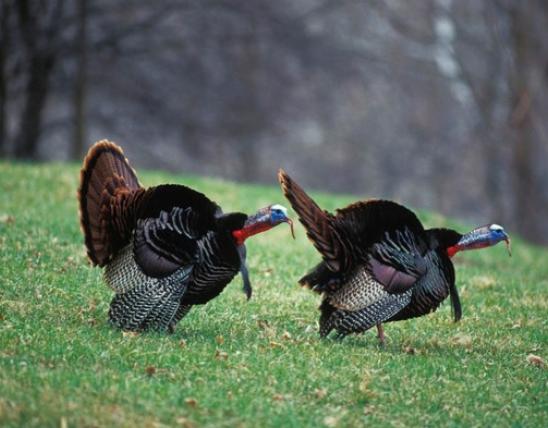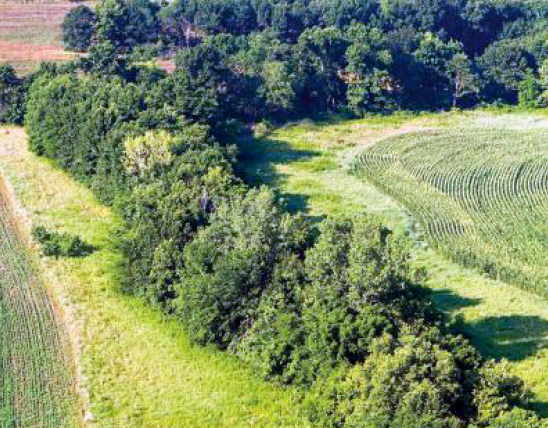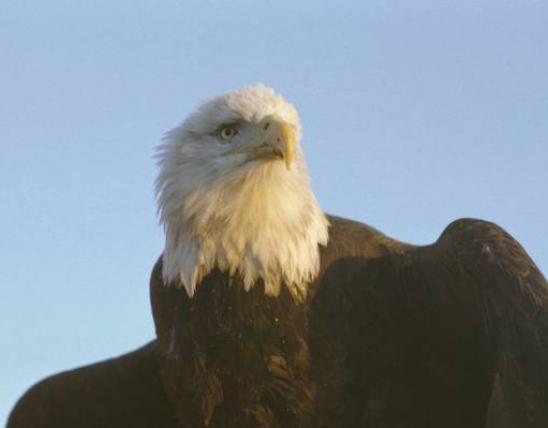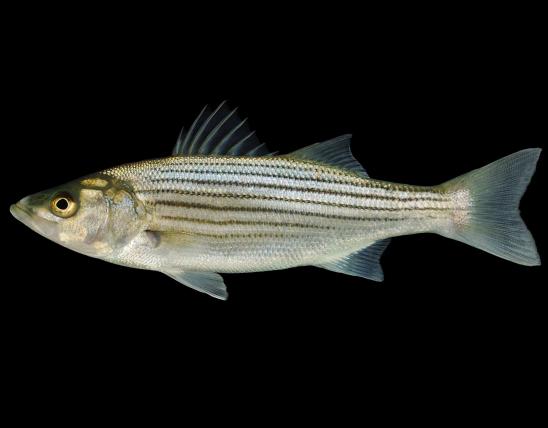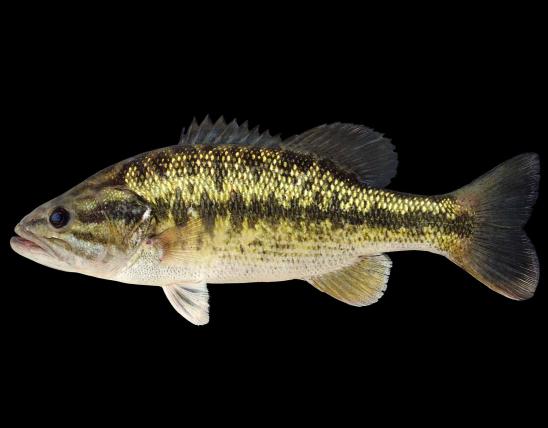
The white bass–striped bass hybrid is a silvery, spiny-rayed fish with several dark, horizontal streaks along the sides. The streaks often discontinuous. As with its parent species, a sharp spine is present on the gill cover. The spinous and soft parts of dorsal fin are entirely separate. The lower jaw projects beyond the upper jaw.
Hybrids superficially resemble white bass, but they grow larger than white bass, exceeding a weight of 5 pounds. The back of the tongue of a hybrid has either 1 distinct tooth patch or 2 patches very close together. (The tongue of a white bass has a heart-shaped tooth patch, and the tongue of a striped bass has 2 distinct parallel tooth patches.)
Weight: about 7–10 pounds; maximum 15–20 pounds.
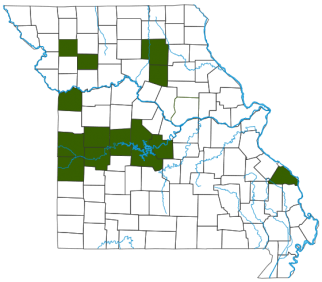
Wipers are currently stocked in Lake of the Ozarks, Truman Lake, Thomas Hill Reservoir, and Blue Springs Lake. Because some of the fish pass through Bagnell Dam, hybrids may be found in the Osage River below Lake of the Ozarks.
Habitat and Conservation
Large reservoirs; some also occur in the Osage River below the Lake of the Ozarks. MDC started stocking hybrids into select Missouri waters in the 1980s. Hybrids appear to be attracted to flowing water, as in the tailwaters below dams while water is exiting the dam, and near natural springs and the mouths of feeder creeks after heavy rains. Hybrids tend to frequent areas that are beside the fastest water.
Food
Small and medium-sized fish, crustaceans, and various aquatic insects. Gizzard shad are an important staple, and hybrid striped bass play an important role in limiting the numbers of large gizzard shad in reservoirs.
Status
Hybrid sport and game fish. Bred, reared, and stocked by MDC into certain Missouri waters.
Life Cycle
MDC produces hybrid striped bass in hatcheries by fertilizing the eggs of the introduced striped bass with the sperm of native white bass. The young fish are then grown to stocking size in ponds prior to release into select Missouri waters. In spring, hybrids travel up tributary streams with white bass, but the hybrids are sterile and cannot reproduce. Their populations are replenished by continued stocking.
Human Connections
Anglers find hybrids strong, hard-hitting fish — “monster white bass.” If you are fishing for white bass and are unprepared for hybrids, they may easily break the fishing line, and they may throw or destroy the lure. Thus heavier tackle is called for than one would use for white bass.
Fishing is a big industry in Missouri, and the large size and fight of wipers makes them popular sport and trophy fish. They are also an excellent food fish. Missouri industries related to fishing include tourism, lodging and restaurants, boat manufacture, and production and sales of cold beverages.
Ecosystem Connections
In our large reservoirs, gizzard shad can grow too large to be eaten by most other sportfish, but hybrid striped bass can consume and therefore limit the numbers of those large shad. About the only other large predators that can take these shad are flathead catfish and muskellunge.

